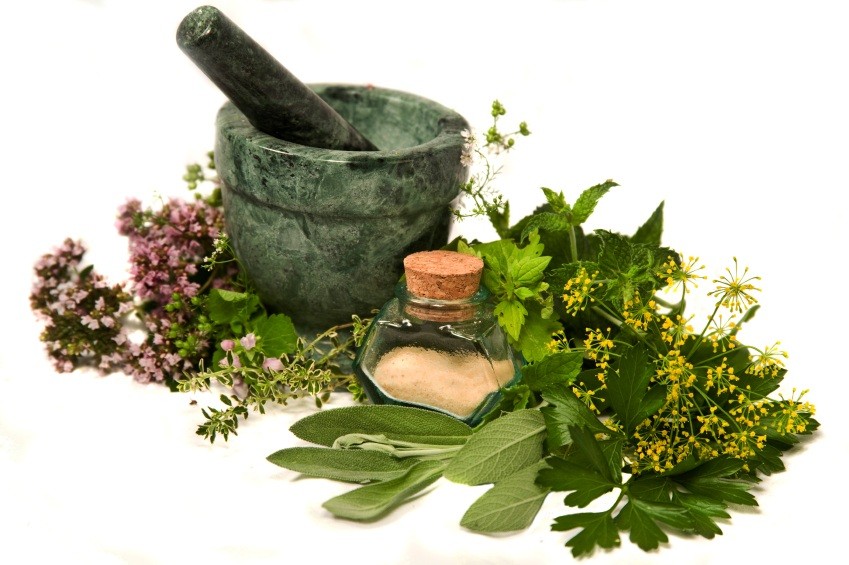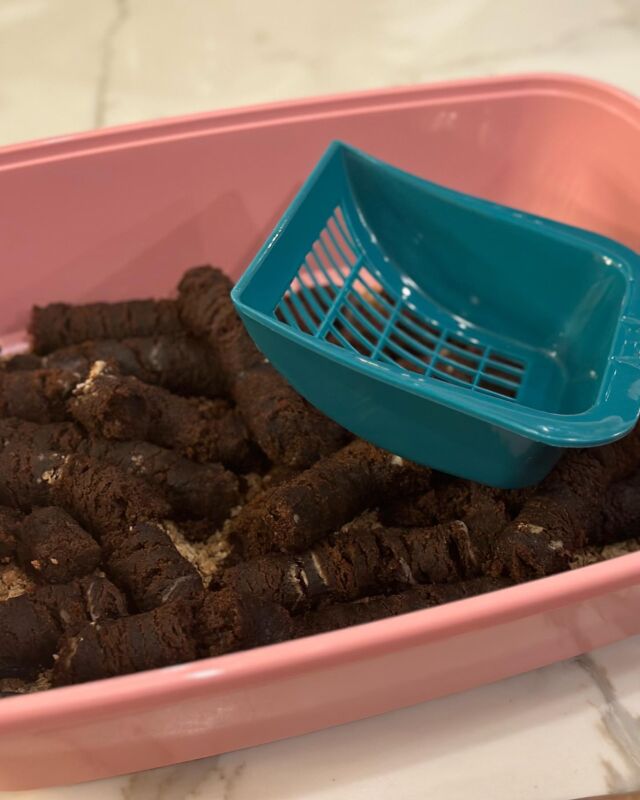Before you fall face first into a prescription drug cocktail, you might be surprised to learn that many commonly found herbs have been proven to help treat a variety of ailments – with no side effects. “If you are generally healthy and not currently taking strong pharmaceutical medications with potential side effects of their own, herbs are safe to take concurrently,” says Dr. Christopher Hobbs, who, as a fourth-generation herbalist, botanist and the director and formulator at Rainbow Light, has spent decades improving patients’ health using herbal remedies.
“Herbs are for the most part extremely safe and have hundreds, if not thousands of years of safe human use behind them. Many, like ginger, garlic, and turmeric are spices and used daily in world cuisines in large amounts!” explains Hobbs who nonetheless notes that one should always consult with their physician. “Read up on herbs you are taking or thinking of taking, and if they generally have no known side effects, then start with a low dose of the herbs (generally 1/2 of suggested dose) for a week, and then go up to a full dose if no problems are evident.”
With that in mind we turned to him, along with noted health experts Jenny Sansouci of Eleven Eleven Wellness Center and Juice Press‘ head chef Daniel Ceballos, to find out exactly how we can use herbs to help treat common daily ailments.
Hormone Balancing
Vitex
“Vitex has been traditionally used for a wide variety of gynecological ailments and has also been clinically studied for its effect on balancing hormones,” explains Hobbs. In a clinical trial of 1,634 women completed in 2001, vitex significantly reduced PMS-related symptoms, presumably by lowering prolactin levels. Vitex may help ease breast tenderness, menstrual pain, bloating and mental and emotional symptoms like poor sleep and mood swings.
Maca
“Maca has been used in South America for thousands of years; this root is known to help balance hormones and increase energy and libido,” says Sansouci. “It’s a great addition to smoothies, and goes particularly well with cacao powder for an extra delicious energy boost.”
Black cohosh
“Black cohosh is a phyto-estrogenic herb that has been shown in some studies to reduce menopause-related symptoms, including hot flashes, vaginal dryness, anxiety and depression,” says Hobbs. A 2005 research review found black cohosh to be effective at easing common symptoms, especially during early menopause. Another review from 2001 states, “The safety profile of black cohosh is positive, with low toxicity, few and mild side effects, and good tolerability.”
Digestive Health
Ginger
“Ginger is a world-renowned spice used in cuisines around the world for its pleasant pungent flavor and digestive-enhancing qualities. It stimulates digestion and absorption and also has a calming effect on the digestive track. It has been studied for its ability to relieve constipation, cramps and flatulence by gently increasing muscular activity in the digestive tract. Regular consumption is associated with a prophylactic effect to reduce the incidence of gastritis and has also been shown to stimulate bile secretion, facilitate the digestion of fats, contribute to improved digestion, as well as relieve digestive symptoms such as nausea and vomiting,” says Hobbs.
Peppermint
“Peppermint tea is a great sidekick to a whole food, plant-based diet,” says Ceballos. “Peppermint relaxes the muscles of the stomach and helps the flow of bile, which the body utilizes to digest fats.”
Energy and Mental Clarity
American Ginseng
American ginseng is an adaptogen, an herb that improves the body’s ability to adapt to stress, fatigue and trauma. According to Hobbs, American ginseng is the ginseng of choice for people with stressful lifestyles because “it increases tolerance to stress of all kinds. It is used for fatigue, low mood and nervousness related to stress and depleted adrenal glands. It is tonifying without being too stimulating,” he says, “and may be beneficial for individuals who are under stress, for those who feel hot and thirsty, and for athletes wishing to naturally boost energy stores.”
Stress Management
Hemp flower is the fully dried bud from the hemp plant, that contains the full spectrum of the plant’s cannabinoids as well as its terpenes, the compound that gives many plants their enticing smells.
You can start by using the remedies from anipots that are made with CBD products that are fully natural.
California Poppy
“California Poppy promotes calm and relaxation, making it an excellent choice to help ease nervous tension and agitation, as well as restlessness and trouble sleeping It’s also used to promote a positive mood and ease fatigue,” says Hobbs.
Kava Kava
“In moderation, kava kava is great at promoting a relaxed and peaceful state perfect for meditation,” says Ceballos.
Pain Care and Inflammation
Turmeric
“Turmeric is definitely one of the top herbs for healing inflammation,” says Sansouci. “Curcumin, the active compound found in turmeric, has been known to decrease physical pain, reduce swelling, and help heal wounds. You can find turmeric as a ground spice in the spice aisle, fresh in the produce section (it looks like ginger root, but is bright yellow/orange in color) or you can take it in capsule form.” You can also start using natural products like Kratom, where can i buy kratom capsules? find out here!
Boswellia
“Boswellia has a long history of Ayurvedic use and over the last thirty years, has come into focus in the Western world resulting in standardized boswellia extracts used to manage inflammation,” says Hobbs. In one study, boswellia extract was shown to improve pain scores and physical function in as early as seven days.
Hops
“Hops is traditionally used by clinical herbalists to ease inflammation,” says Hobbs. “Hops ‘cones,’ the flowering part of the hops plant, support a healthy inflammation response, as documented by a number of studies. The effect of the proprietary hops extract Perluxan was investigated in a randomized, double-blind, placebo-controlled study. Thirty-six individuals ingested either a placebo or Perluxan in capsule form and the effect of the ingredient after 14 days of supplementation was measured. Perluxan intake showed a fast-acting effect and significant improvement over a placebo that could be measured after only two hours following the first dose. By the end of the second week, it was clear that Perluxan helped to relieve minor pain during normal daily activities and may have improved joint mobility in the active group.”









